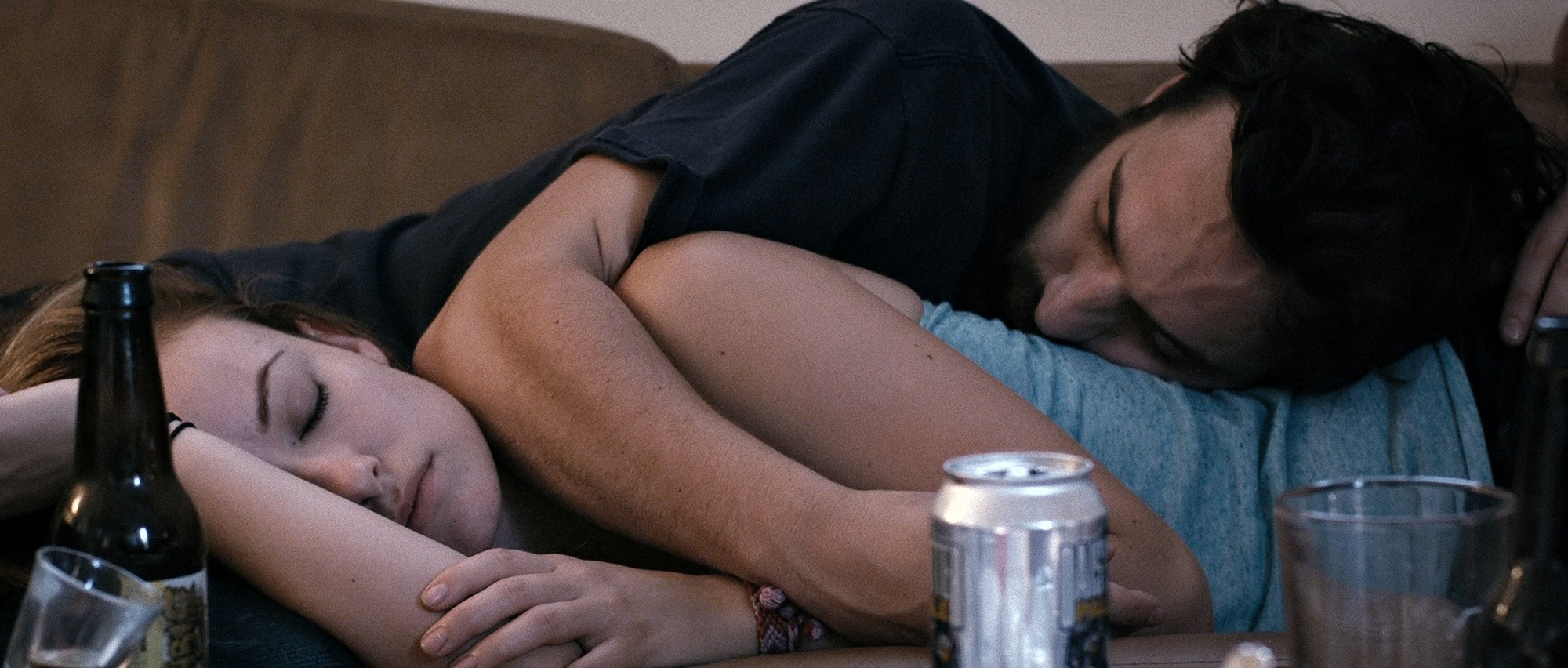
As I sit drinking a craft brew I bought 30 seconds after walking out of Drinking Buddies, the film’s ambiguous ending is pretty fresh in my mind. For 90 minutes, Olivia Wilde and Jake Johnson act out a classic will-they-or-won’t-they story that essentially leads nowhere; consciously withholding the happy ending viewers are accustomed to seeing.
Bolstered by phenomenal chemistry between the two leads, an entirely improvised script, and an affinity for beer, the film rests squarely in the gray area of life Hollywood is typically keen on ignoring. Wilde’s Kate and Johnson’s Luke are in separate relationships, but are incredibly close co-workers whose drunken flirting has a tendency to go too far. Their bond is a weird, messy, and vague one. In other words, it’s real.
Although Drinking Buddies is not necessarily a spectacular film, these main characters’ dynamic is what makes it so enjoyable. Hand it to Wilde and Johnson—on-screen chemistry goes a long way, and theirs is a great case study for why. The laughter, sexual tension, and confusion they depict all spill effortlessly off the screen and straight into our minds, making us strangely yearn to feel the same unique brand of uncertainty.
As observers, it’s odd to feel positive about such a messy and convoluted situation—Luke is discussing marriage with his long-term girlfriend, and Kate has a significant other of her own—but somehow that’s what happens. This probably has something to do with the fact that the film relishes in its own ambiguity. Life isn’t all black and white, it asserts: turns out that definition is the exception rather than the rule. Relationships are messy. Feelings are dirty. Life is unclean. Gray areas define so much of what the coveted 18-35 demographic does, and this is why the film grabs a hold of those viewers.
Interestingly enough, the film rationalizes Luke and Kate’s gratuitous flirting by showing a kiss between Anna Kendrick and Ron Livingston’s characters, the former pair’s respective partners. This lets us accept, and even root for Luke when Kendrick’s Jill leaves town and Luke promptly spends two straight days drinking with, cuddling with, and sleeping next to Kate.
If Jill resisted swapping spit with the world’s #1 Lumbergh hater, would we still diminish Luke’s arguably more serious transgressions? Probably, but even with knowledge of the kiss, we as viewers don’t fully want Jake to get revenge (one he wouldn’t even realize). Despite his overpowering connection with Kate, we get the sense that he’s a loyal guy, and he shouldn’t mess with that. Of course, we also want to see the two characters that clearly connect the most end up together. So it’s conflicting.
Hence why the movie is a unique success. It builds us up to thinking we’re going to get what we want, then takes it away and leaves us confused. You have to applaud a film that embraces ambiguity without making us scream about it after, a la Inception. There’s something comforting about taking in a story that doesn’t have a typical happy ending. It doesn’t have to be an ultimately sad or depressing one—Drinking Buddies in fact leaves a little hope in the final scene. But it’s not the kind of hope that really answers anything, or seems like it’ll lead somewhere. If anything, it unwinds the story further, leaving it even more unclear what will happen to Luke and Kate. It’s as if the film is saying defiantly, “Yeah, that’s it. So what?”
Which, really, is just phenomenal. A gray area we can all relate to.